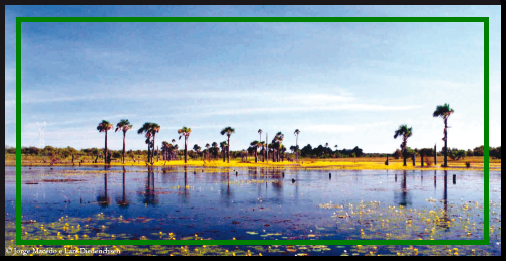Teor de vitamina C e características físicas do camu-camu em dois estádios de maturação
DOI:
https://doi.org/10.18227/1982-8470ragro.v2i2.250Keywords:
Myrciaria dúbia. Ácido ascórbico. Vitamina C.Abstract
O Camu-Camu é uma das frutas amazônicas que está merecendo atenção pelos teores de vitamina C e sua introdução recente nos mercados mundiais. Desperta interesse de setores industriais como fármaco, cosmético, conservante natural, alimentício e da casca extrai-se corante natural (antocianinas). Considerando a importância do camu-camu como alimento, da vitamina C na dieta humana, realizou-se o presente trabalho com o objetivo de determinar o teor de vitamina C em frutos de camu-camu colhidos em Roraima, em dois estádios de maturação. Frutos colhidos manualmente, em dois estádios de maturação (maduros e imaturos) foram avaliados quanto ao peso médio de frutos, número de sementes por fruto, rendimento de polpa e teor de vitamina C. O camu-camu é uma fruta com potencial de aproveitamento como fonte natural de vitamina C e os dois estádios de maturação, não diferem quanto ao teor de vitamina C.Published
Issue
Section
License
I declare on my behalf and on behalf of the other authors that I represent in the act of submitting this article, to REVISTA AGRO@MBIENTE ON-LINE that: • 1. The content of the article is the result of original data and not published or submitted to other journals . • 2. In addition to the lead author, all co-authors participated sufficiently in the work to make public their respective responsibilities for the content. • 3. In case of acceptance of the article, the authors agree that the copyright referring to it will become the exclusive property of Revista Agro@mbiente On-line, any reproduction, total or partial, in any other part or means of dissemination is prohibited, printed or electronic, without the prior and necessary authorization being requested and, if obtained, acknowledgments must be made to the Revista Agro@mbiente On-line of the Centro de Ciências Agrárias/UFRR.



